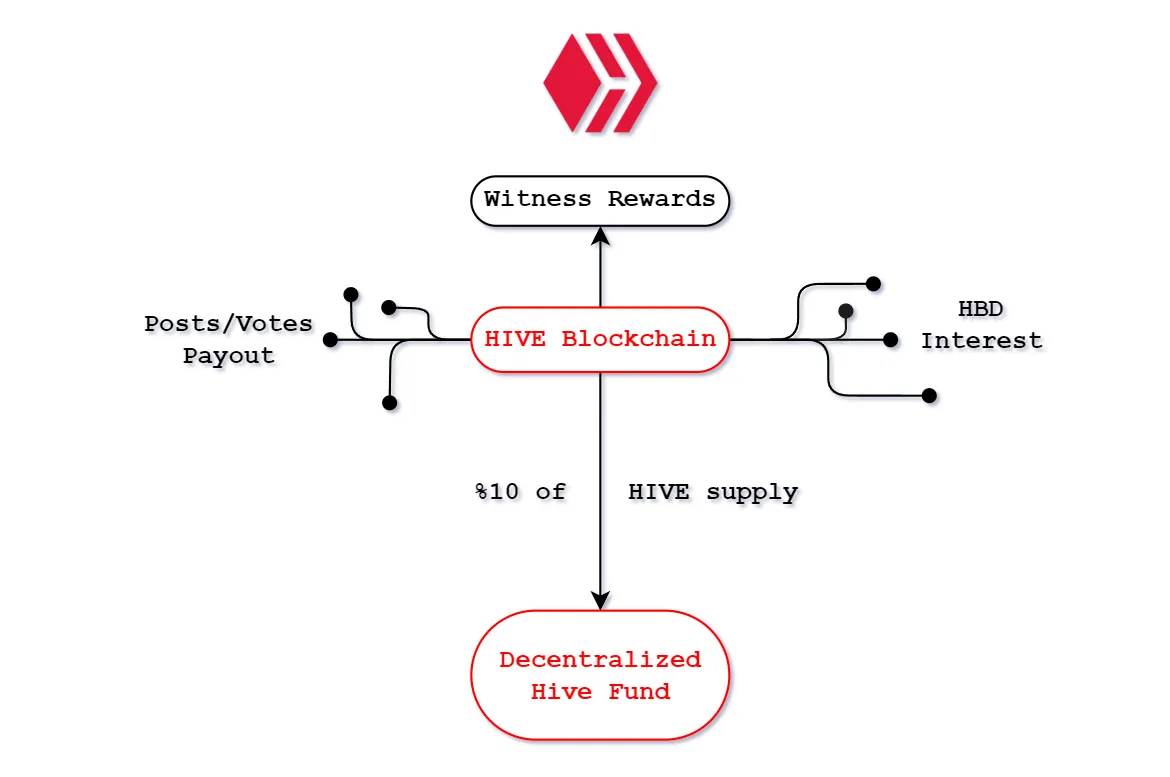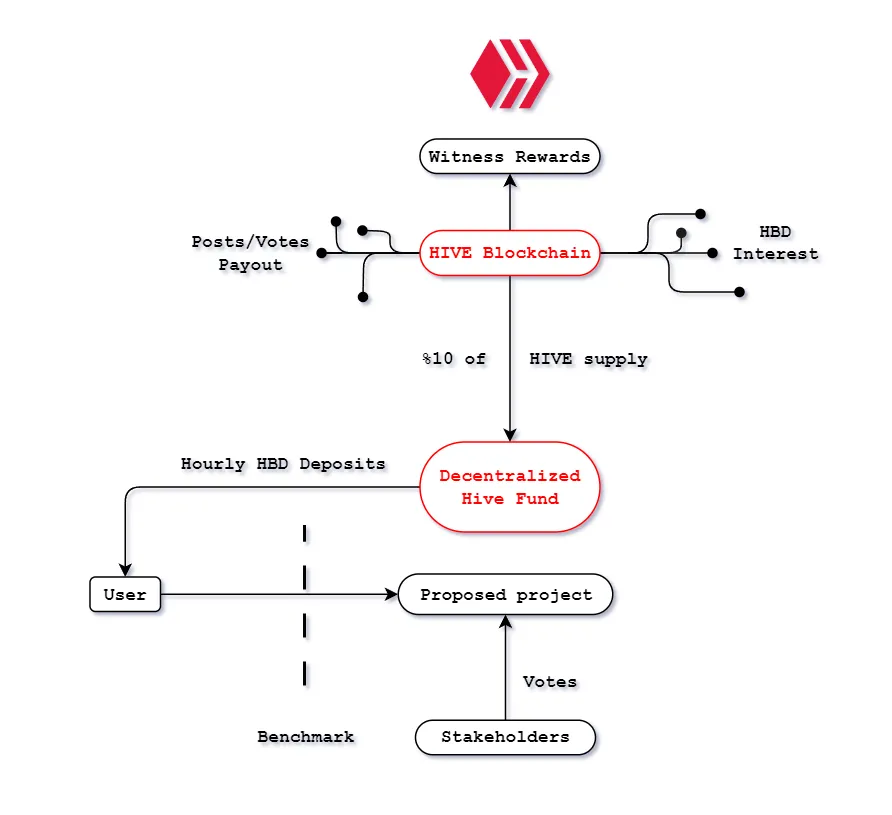Blockchains are successful, most of the time, because of their innovative features. Those that are successful without innovation are usually the ones that ride the bull market's hype and the trend of it all, only to come crashing down when the bear barges in. There are many such cases in the DeFi segment of projects outright flatlining.
But what do we mean by innovation? The definition of it certainly doesn't constraint itself to being simply an authentic idea. Innovation is trailblazing a path or an approach towards which to bring a tremendous amount of value to the end user. Bitcoin was the first innovative product of the cryptographic space, merging the encryption capabilities of it with basic financial instruments of the traditional bank. The result was total anonymity and borderless transactions. Governments, to this day, are still fumbling to regulate this beast. Ethereum took it a step further, and built a platform upon blockchain on which dApps could be built upon.
The problem, though, eventually becomes evident. Those aforementioned blockchains are great, but they are incredibly slow on the feature rollout. Their core developers can only develop so much. The result is that they are slow to change. Remember Bitcoin's Taproot upgrade? That was almost 2 years ago!
This is where HIVE comes into play. Here is a network that was built by the people, for the people. It's uniquely set up such that anyone can make a proposal to change a particular thing, or implement a certain feature. Users then can vote on whether these proposals are worth it or not. The fact of the matter is, and what I find to be really peculiar, is that we are sorta run like a publicly traded company.
How the DHF Works
The Decentralized Hive Fund was originally proposed by @blocktrades, designed to fund proposals users can create with HBD. One major criteria these proposals have to meet is that they HAVE to bring value to the network, one way or the other.
In order to fund these proposals, the DHF has to be liquid enough. This is achieved by routing exactly %10 of the newly minted supply every year to the fund. Mapping this one out, it would look like this:

Essentially, the DHF plays the role of a value-investor, betting on the horse that would yield the most value to the network.
Here is where we become analogously structured like a company. Users create proposals for funding in order to create projects that ultimately benefit HIVE. These proposals, then, are vetted by the community at large, and anyone who has HIVE powered up can participate in the vote. Those who vote are called stakeholders.
Proposals have to climb over a certain benchmark of vote weights in order to be eligible for funding. When they are approved, HBD starts flowing in to the user's wallet on an hourly basis
We can finally simplify how the cogs turn in this one elegant flowchart:

Creating Successful Proposals
Not everyone's proposal passes the benchmark.
Passing the benchmark requires two thing: Reputation, and a solid plan of action. And I would argue that the former is much more paramount than the latter, because your reputation always precedes you. On HIVE, everyone knows what you are doing. Your comments and articles are bare to everyone. Your transactions aren't private. Who you support with your HP delegations is known to everyone. People WILL know whether your loyalties are with the network, or with the money you are seeking. The people you are trying to convince to vote for you know your competencies.
This is why most proposals fail. It always boils down to a bad reputation, or no reputation at all. You can't fix the former, as it already left a scar, but how do you push a successful proposal you know is going to benefit the community if you don't have a name for yourself?
The answer is to intern yourself to the community first. Build a valuable project within your means. Show the network you are worthy of their consideration, otherwise a proposal this early in your account history won't look good to the stakeholders.
When it comes to what the proposal itself contains, really, it depends heavily on what you are trying to achieve. But the basic blueprint is that a clear, technically detailed explanation of what you are doing and how it's going to generate value. This is where your marketing skills come into play. You gotta really sell yourself to the masses in order to succeed.
Conclusion
The DHF was the greatest proposal to have become a reality on HIVE. Through it, we can sustainably and continuously build value on the network. And as the userbase continues to grow, so does the potential value on the network.
Thanks for reading!